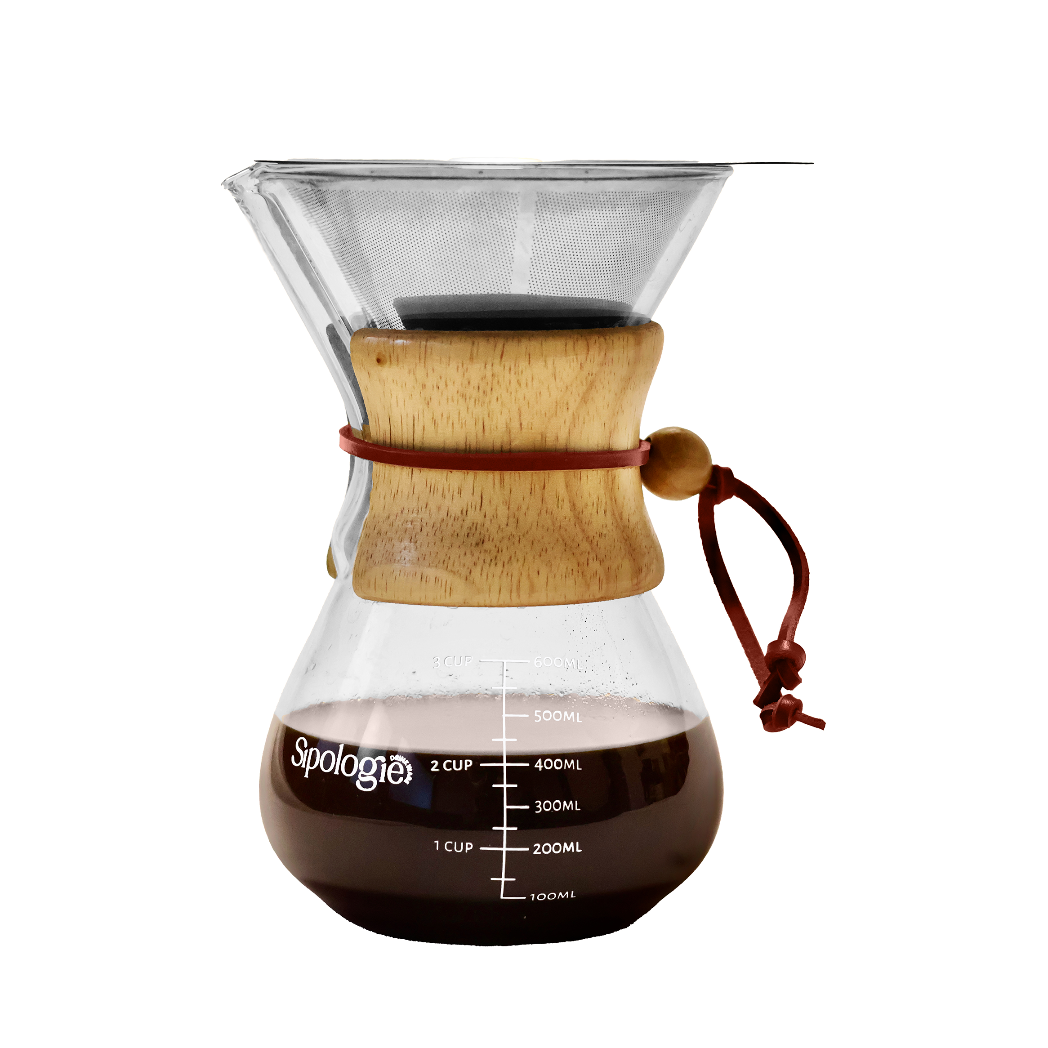
Immersion Brewing: A Sublime Soak
Imagine a cozy soak in a hot tub; that’s immersion brewing. This method involves coffee grounds steeping in hot water for an extended period, allowing flavours to gracefully intertwine and craft a profoundly rich brew. Popular equipment like the French press or cold brew setups exemplify immersion brewing, where coffee grounds are immersed in water for several minutes, akin to creating a coffee jacuzzi of flavours.
- Full-Bodied Richness: Immersion brewing tends to create a fuller, more rounded flavour profile. Because the coffee grounds steep in water for an extended period, they have more time to release oils, compounds, and flavours. This often results in a brew with a richer mouthfeel and a more intense, robust taste.
- Complexity and Depth: The prolonged contact between water and grounds during immersion brewing in a French press allows for a nuanced extraction of flavours. This method often highlights a broader spectrum of taste notes, offering complexities that can range from chocolatey and nutty undertones to fruity or floral accents, depending on the coffee beans used.
Percolation: A Rhythmic Dance
- Clarity and Brightness: Percolation brewing in Pour over Coffee Makers tends to produce a cleaner, crisper cup of coffee. The water passing through the grounds swiftly extracts flavours, often resulting in a beverage that’s lighter on the palate. The clarity in taste allows for more distinct and individual flavour notes to shine through.
- Distinctive Acidity: Percolation methods often accentuate the coffee’s natural acidity. This doesn’t necessarily mean a sour taste, but rather a lively, bright characteristic that enhances specific flavour elements. It can manifest as a citrusy tang or a vibrant, refreshing quality in the brewed coffee.




















